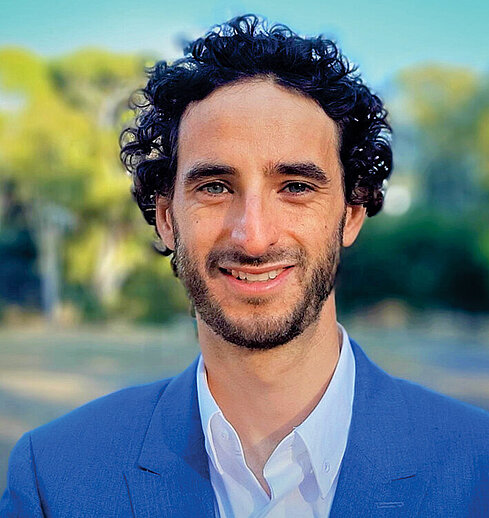2020 Finalist Riccardo Beltramo, Ph.D. Howard Hughes Medical Institute University of California, San Francisco

Riccardo Beltramo joined the group of Dr. Tommaso Fellin at the Italian Institute of Technology, where he completed his graduate education. During his Ph.D., he uncovered the neural circuits mediating the cortical “slow oscillation”, a spontaneous rhythmic activity that regulates memory consolidation during sleep. For his postdoctoral work, Riccardo joined the Howard Hughes Medical Institute at the University of California, San Diego and the University of California, San Francisco, where is currently working in Dr. Massimo Scanziani’s Lab. He studies sensory perception in the mouse visual system, focusing on the cortical and subcortical networks that compute visual information. His work has identified a novel primary visual cortex dedicated to the processing of inputs originating from the superior colliculus, an ancestral subcortical visual center.
A New Primary Visual Cortex
Two major routes connect the retina to the visual cortex: the “geniculo-striate” and the “collicular” pathways. The geniculo-striate pathway runs from the dorsal lateral geniculate nucleus of the thalamus to the primary visual cortex (V1). The collicular pathway relays visual information to the cortex from the superior colliculus, a phylogenetically ancient midbrain center that mammals share with other vertebrates. According to the standard models of visual processing, the cortical responses to visual stimuli depend on the geniculo-striate input. Dr. Riccardo Beltramo, under the mentorship of Dr. Massimo Scanziani, identified a lateral cortical area of the mouse, the postrhinal cortex (POR), that responds to visual stimuli independently of V1 and is driven by the collicular pathway. He determined a new cortical entry point for visual information, and showed that POR outperforms V1 at discriminating moving objects. Dr. Beltramo’s work revealed the existence of a primary collicular cortex, independent of V1, and capable of capturing specific aspects of the visual world poorly discriminated by V1. These findings demonstrate that, through POR, the superior colliculus has a dedicated space in the visual cortex.
For Riccardo Beltramo’s full essay, see Science online at sciencemag.org
